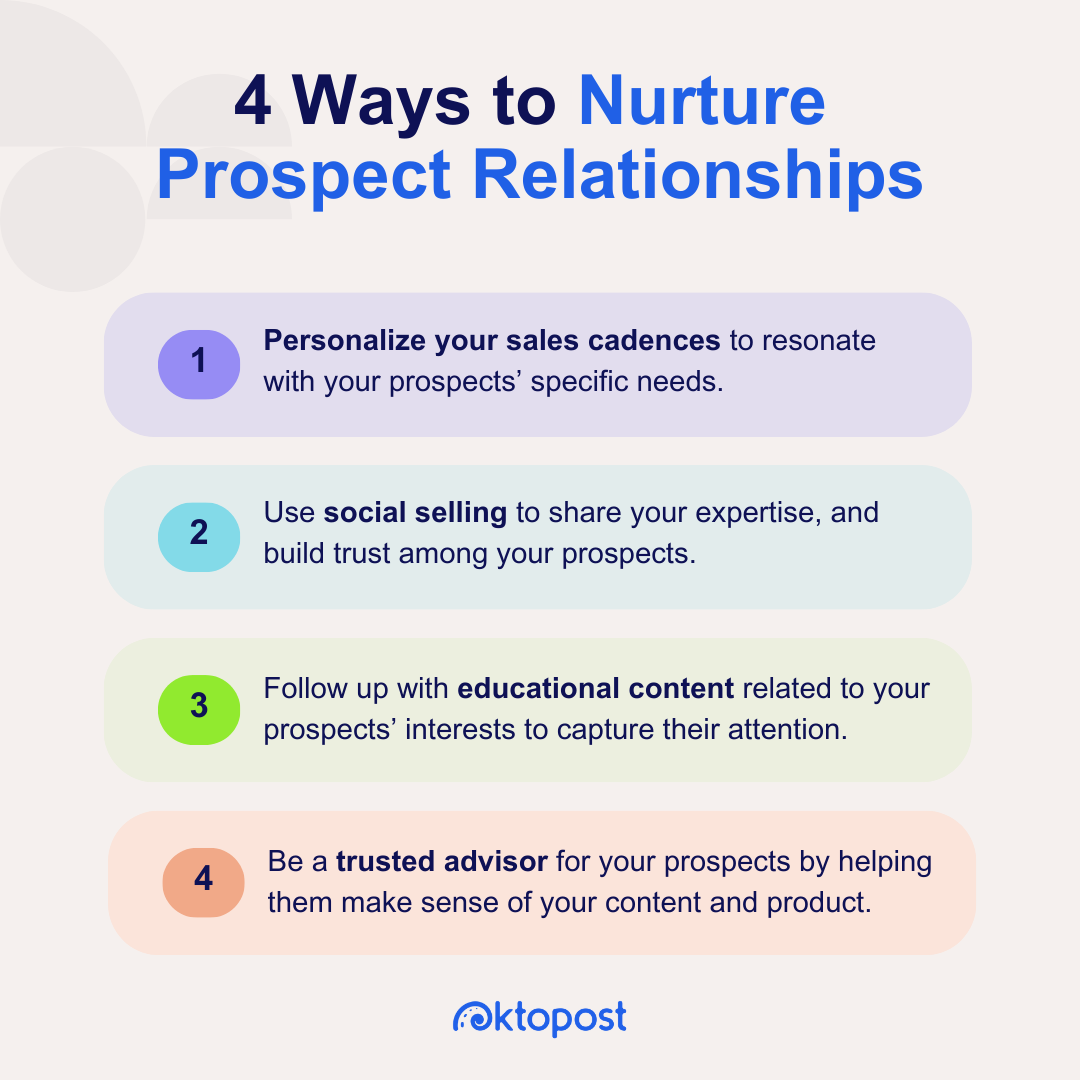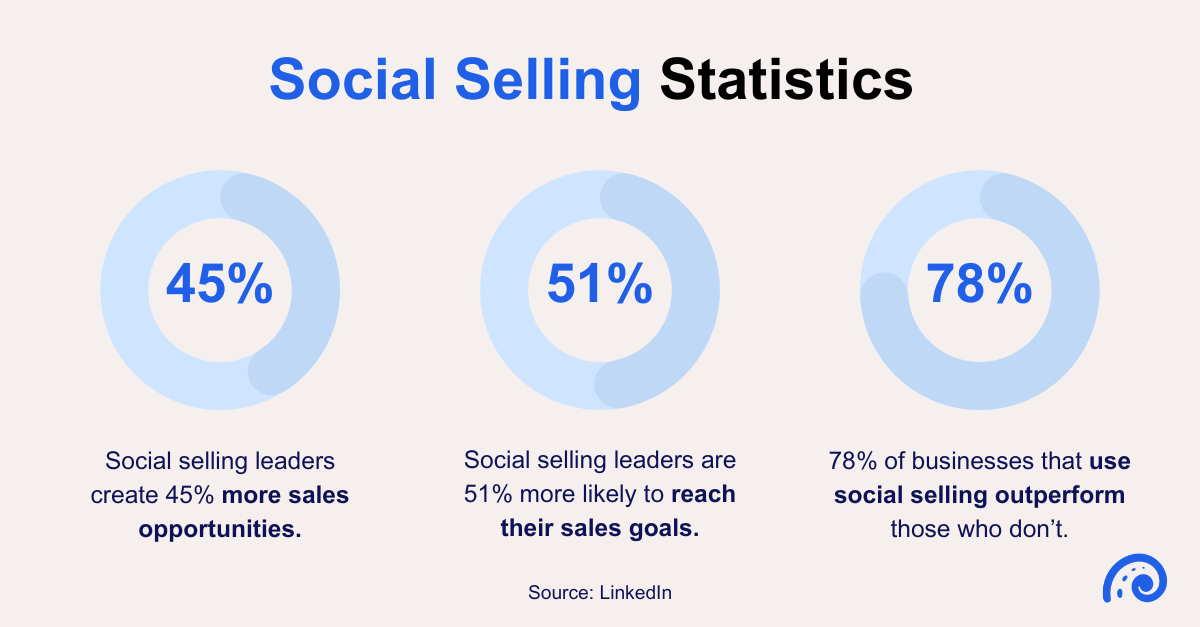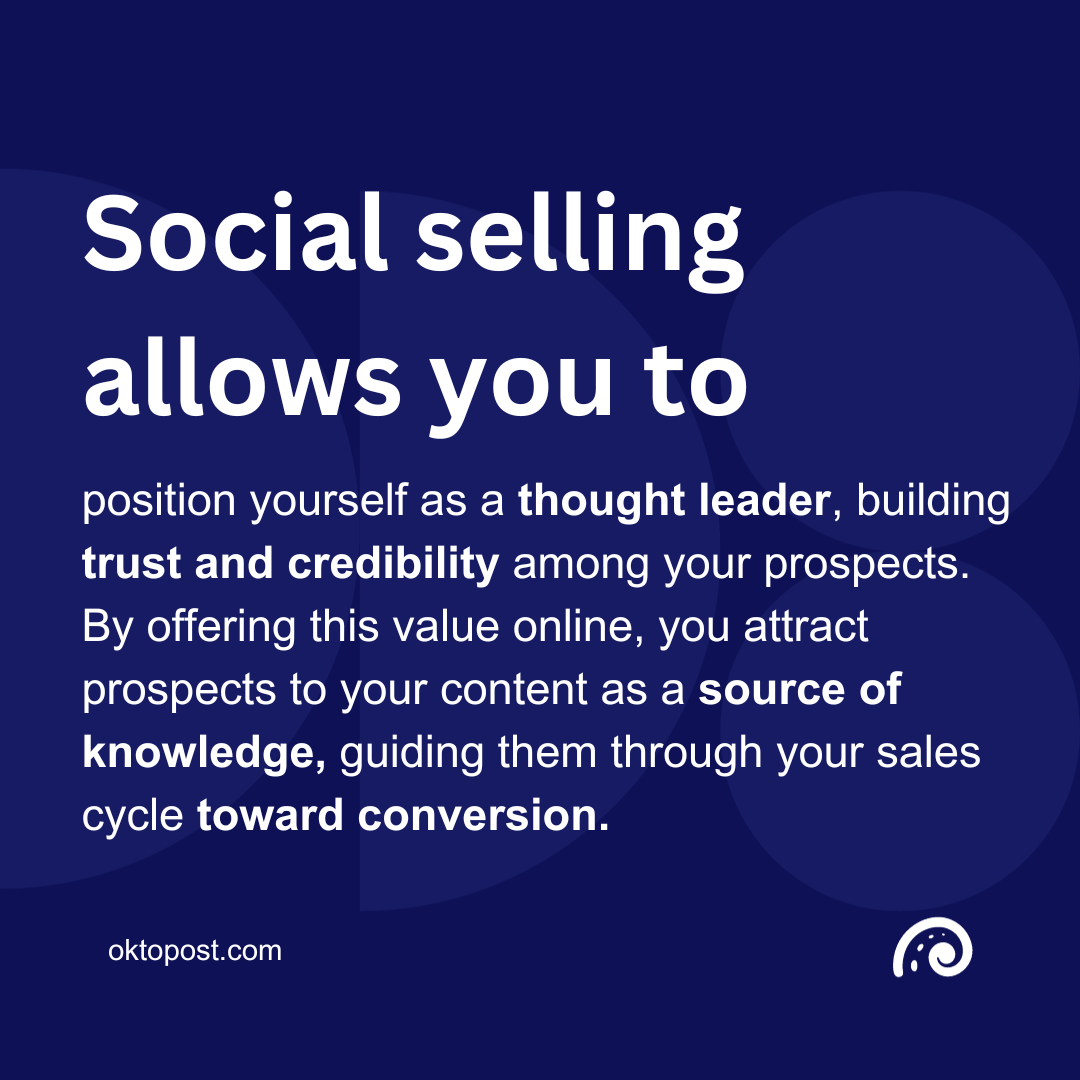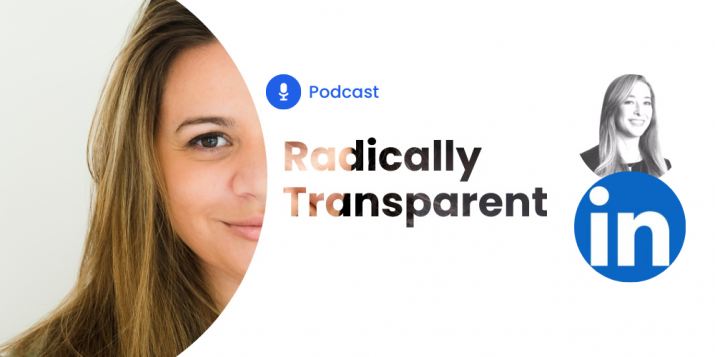
4 Ways to nurture prospect relationships and close more deals
Hitting targets and meeting sales quotas has become harder for most sales teams over the past year. The impact of the economy has slowed down the pace of B2B sales, leaving sales teams wondering how to meet their KPIs.
To achieve these goals, nurturing strong relationships with your prospects will make all the difference in growing your pipelines and increasing your sales win rate.
Many potential buyers may express interest in your product or service, but may not be ready to make a purchase right away – regardless of how compelling your pitches may be. In fact, statistics reveal that 63% of leads who inquire about your company won’t make a purchase for at least three months, and another 20% will take more than a year to complete the sales cycle.
So, in order to efficiently guide prospects to closed-won, nurturing relationships is key. In this article, we’ll explore four strategies to effectively nurture prospects through the sales cycle so you can close more deals.
Jump ahead:
- Personalize your sales cadences
- Use social selling to share your expertise
- Follow up with educational content
- Be a trusted advisor for your buyers
- Boost your sales with prospect nurturing

1. Personalize your sales cadences
A sales cadence is a structured sequence of outreach activities and touchpoints that sales professionals follow when engaging with prospects or leads. It outlines the timing, frequency, and type of communication (such as emails, phone calls, social media interactions, and follow-ups) to systematically move a prospect through the sales process. Sales cadences are designed to optimize engagement, maintain consistency, and increase the likelihood of converting prospects into customers.
The most important factor to prioritize when building out your cadence sequence is personalization – it will make all the difference between drawing your prospects towards your product and potentially driving them away. Personalizing cadences goes beyond including your prospect’s name and company in the email, you should also personalize the information your prospects receive – even at scale.
To effectively engage your prospects, start by segmenting them based on factors like interests, pain points, goals, industry, and their stage in the buyer journey. Thoroughly research each segment to customize your communication, providing them with tailored cadences that resonate with their specific needs, attracting them to your product or service. After all, the last thing you want to send a prospect who is interested in learning about how your CRM platform creates customized sales reports is another email about the importance of managing your communications within one platform. They’ll come to an (incorrect) understanding that your product is not the right solution for them and turn to your competitors.
So make sure you nurture each segmented list of prospects with tailored cadences that include engaging information that speaks to their goals, needs, and challenges. This will eventually lead them to take a genuine interest in your product and ultimately, guide them toward a purchasing decision.
2. Use social selling to share your expertise
If you’re not using social selling to attract and nurture potential customers, you’re missing out on enhancing your pipeline with sales-ready leads and a higher chance of converting your prospects to closed-won. Social selling is a sales strategy that focuses on building relationships with potential customers on social media platforms through your revenue team’s networks. It’s an effective approach that can help you nurture prospects without constant direct contact, which runs the risk of coming on too strong and turning them away.
Social selling involves using your social media profiles to share diverse, high-quality content, including tips and insights that address your prospects’ interests, desires, and pain points. You should also engage in meaningful conversations by responding to comments, asking questions, and sharing your expertise. With the right employee advocacy tool, you can easily share pre-approved content on the go that you can personalize to create an engaging social selling strategy with ease.

Social selling is vital in today’s B2B sales landscape, with social media platforms, notably LinkedIn, playing a pivotal role in buyers’ product research and decision-making. Leveraging this strategy enables you to effectively nurture prospects as they explore you and your competitors’ products. Once you master (the very simple steps) of social selling, you can position yourself as an industry thought leader, establish credibility and build trust among your prospects. A heads up: you won’t achieve this by moving your sales pitch online. In fact, you should avoid outright selling on social media.
The key to success is consistently delivering value throughout the buying journey until your prospects are ready to purchase. To maximize this strategy, it’s essential to prioritize what your prospects need to know, not what you want to convey. In simpler terms, keep providing the information they seek to make well-informed decisions rather than promoting your product as the ultimate solution. This way, your prospects will gravitate towards your content as a source of knowledge, continuing their journey within your sales cycle.
Recommended for further reading
3. Follow up with educational content
Follow-up emails and calls start to get a little bit awkward without anything valuable to offer. Rather than following up without a purpose, engage your prospects with meaningful strategies that they can start implementing right now. Provide personalized insights and educational resources to capture your prospect’s attention as they progress through the sales funnel.
Based on your prior interactions with prospects and their intent signals, you can identify their primary product needs. Then you can use the sales enablement content provided by your marketing team, such as blogs, one-pagers, videos, or webinars, to follow up with engaging materials related to their interests. This will allow you to re-engage leads without the need to hassle your prospects for more meetings just to stay on their radar.
By ensuring the assets you send over are related to your prospect’s desires and challenges, you’ll position yourself as someone who genuinely understands their needs and is committed to providing valuable solutions. Content doesn’t just capture your leads’ attention, it educates, informs, and draws buyers closer to making a decision. By diversifying the way your prospects consume information at every step of their buyer journey, you can stand out as a viable solution and guide them further down the funnel.
4. Be a trusted advisor for your buyers
If you want to maximize the impact of the previous strategy, contextualize the content you send your prospects with engaging conversations that teach more about their specific goals and interests.
In today’s buyer journey, B2B buyers are seeking information independently and prefer to spend less time engaging with sales professionals. So, when you do have the opportunity to connect with your prospects, it’s crucial to make it a valuable and educational experience that keeps them coming back for more insights and discussions.
Once you send your prospects targeted content, rather than leaving them to come up with takeaways, initiate meaningful conversations around this content to enhance their knowledge and understanding. Offer insights, answer questions, and provide clarity on any aspects that may be unclear to them. Your expertise in your field will become evident as you help them navigate finding a solution that fits their needs. Through these conversations, you can help your prospects make informed decisions that align with their business goals and gradually guide them toward closed-won.
By doing so, you’re not just openly selling; you’re actively engaging in a dialogue that positions you as a trusted advisor. The end goal is to connect the dots between their needs and the solutions your product or services provide, which can make all the difference when it comes to the final decision of whether they will convert to a customer.

Boost your sales with prospect nurturing
According to Forrester Research, successful lead nurturing results in a 50% increase in sales-ready leads. Because buyers today actively seek guidance during the sales process, nurturing your prospect relationships positions you for greater success in converting more prospects to closed-won and enhancing your sales win rate. Through personalized sales cadences, offering educational content, and becoming a trusted advisor, you can establish yourself as a dependable source of expertise, making your leads more likely to convert.
Now that more buyers are turning to social platforms to inform their B2B buying decisions, social selling is arguably the most influential tactic at your disposal. By positioning yourself as a thought leader online, you can provide your prospects with a steady stream of valuable information that keeps them engaged with your product or service as they progress along the sales journey. Social selling empowers you to cultivate personalized, authentic, and highly effective interactions with your prospects. This makes it a powerful tool for sales professionals looking to build trust, add value, and ultimately close more deals.
Interested in the power of social selling? Contact us today to learn more about how social selling can revolutionize your sales strategies and boost your conversion rate.


